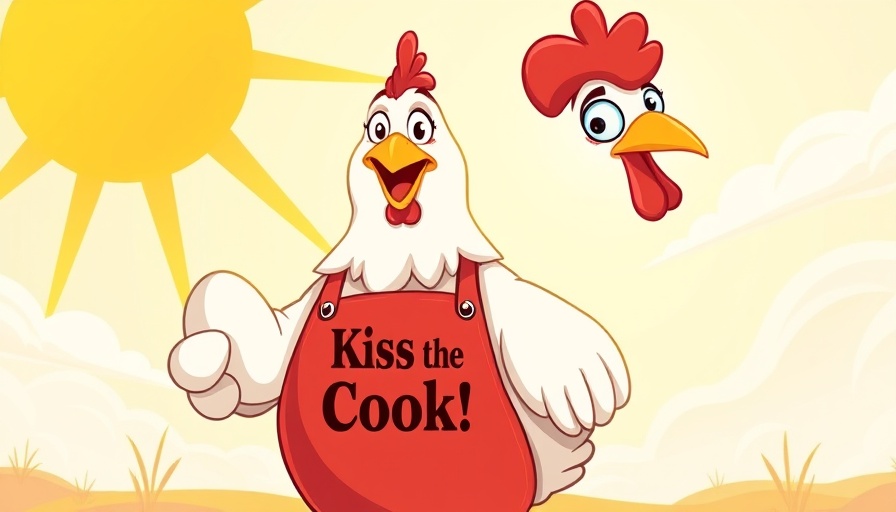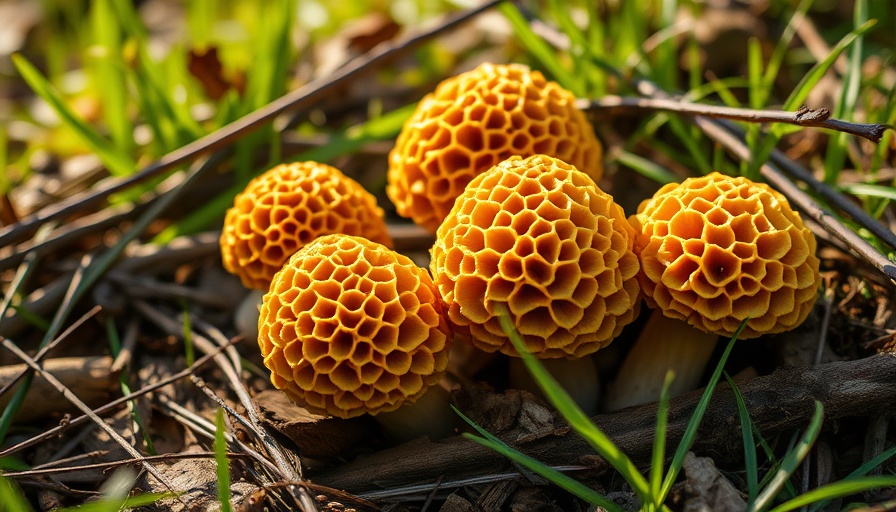
Unravelling the Mystery of Colored Eggs in Backyard Chickens
For backyard chicken enthusiasts, witnessing colored eggs can be both exciting and perplexing. While many people might assume that color is simply an aesthetic trait, it often reflects deeper genetic factors and the health of a hen. Different breeds of chickens are known to lay an array of colored eggs, including white, brown, blue, and green. But why does this diversity exist?
Egg color is primarily determined by the genetics of the laying hen. The oocyanin and protoporphyrin pigments secreted during the egg formation process lead to blue and brown eggs, respectively. Breeds like the Araucana produce green eggs due to the combination of these pigments, which is a demonstration of genetic variety within poultry breeding.
Broader Implications for Chicken Health and Production
Interestingly, the color of an egg may not only come down to breed specifics but can also act as an indicator of the hen’s health. Hens that maintain a balanced diet rich in nutrients typically produce better quality eggs, leading to vibrant colors that can attract hobbyists and producers alike. Some studies suggest that egg color could potentially signal the overall wellness of chickens, emphasizing the importance of good husbandry practices within the poultry community.
The Economics of Egg Color in Poultry Farming
From a commercial perspective, colored eggs often fetch higher prices at markets due to their novelty. Consumers are increasingly interested in the uniqueness of their eggs, which can drive demand for certain breeds known for their colorful produce. This highlights a fascinating intersection between consumer behavior, agricultural practices, and the allure of breed diversity.
As we explore the complexities behind colored eggs, it becomes clear that these seemingly simple variations are a blend of genetics, nutrition, and market trends. Enthusiasts and farmers alike must be aware of these factors not just for aesthetic purposes, but for fostering healthy and productive flocks moving forward.
 Add Row
Add Row  Add
Add 




Write A Comment